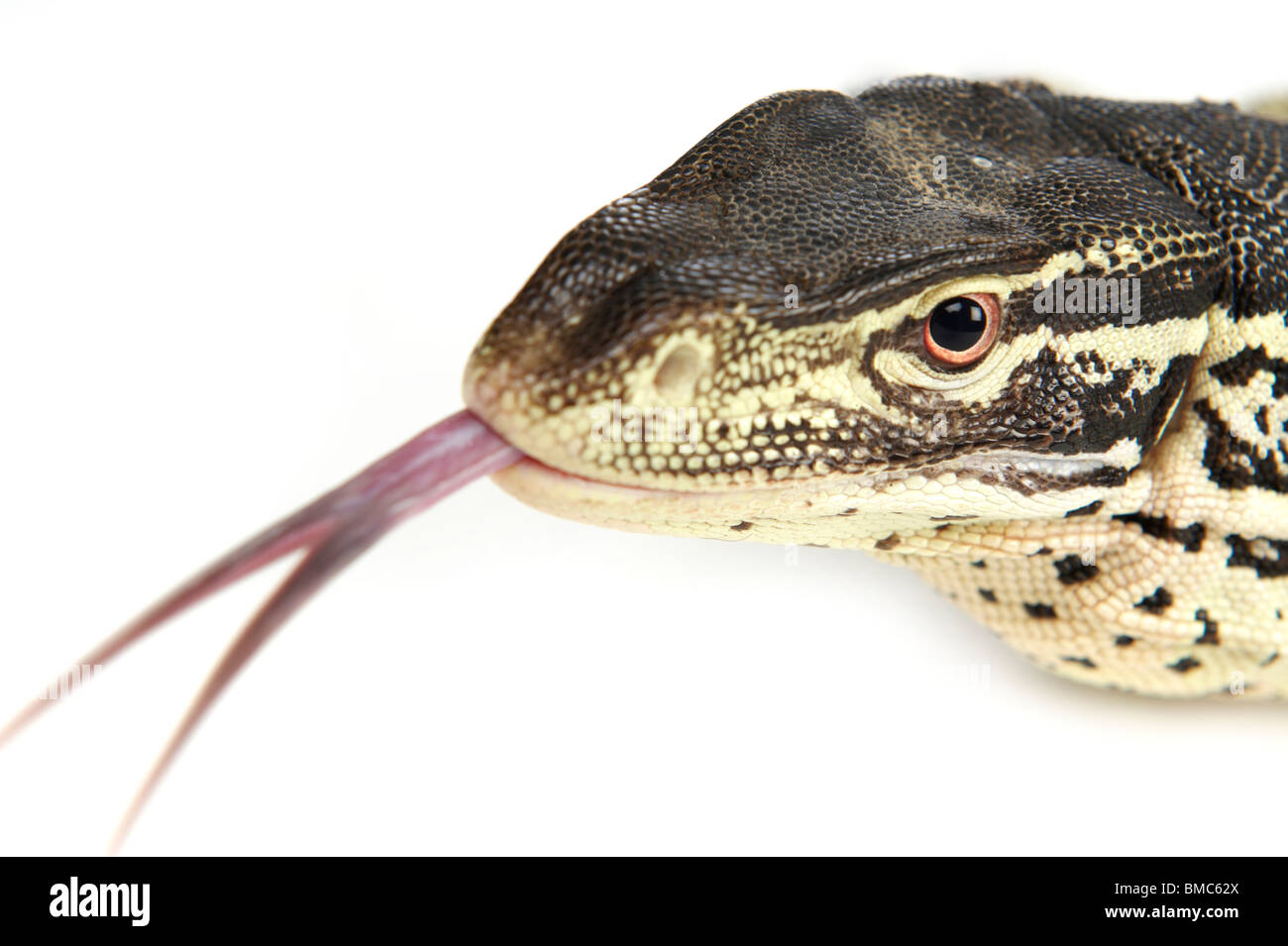

Physignathus lesueurii can remain submerged for as much as one hour ( Cogger, 1996). They bask on overhanging branches, and dive readily into water when disturbed. Like some varanids, water dragons have a laterally-compressed tail and an opportunistic diet. lesueurii (Australian water dragon) and P. Other semi-aquatic lizards include the agamid water dragons Physignathus cocincinus (Green or Chinese water dragon), P. In parts of Africa and Asia, varanids are hunted for their skins or as medicinal ingredients, but mainly for their meat. indicus is more widespread occurring in New Guinea and parts of Southeast Asia. Its distribution range is limited to northern Australia while V. mertensi is confined to freshwater and shows significant adaptations to the aquatic habitat: it has pronounced lateral compression of the elongated tail, nostrils situated on top of the snout that become sealed when the animal submerges, and an ability to remain active at low body temperatures ( Bennett, 1995). Here, semi-aquatic varanids include the Large water monitor ( V. Varanids achieve their greatest diversity in the Northern Territory of Australia, where most of the 26 species present on the continent are found. salvator is a catholic feeder with a diet that includes crustaceans, fish, insects, small mammals, birds, amphibians and other reptiles ( Rashid, 2004). The nostrils located towards the tip of nose indicate the aquatic habits of V. This varanid is rarely found far from streams but also occurs in mangroves and may even swim far out to sea.


salvator) that also occurs in India, southern China, the Philippines and New Guinea. Nineteen species of varanids are known from Indonesia, including the relatively-common Asian or Malayan water monitor ( V. They dive readily and can swim strongly when disturbed ( Bennett, 1995 Branch, 1998). Some monitors, such as the African monitor ( Varanus niloticus) spend a considerable amount of time in and around shallow water ( Lenz, 1995 de Buffrénil and Hémery, 2002). They include 46 species and are the largest lizards in Africa, Asia and Australia, but are absent from the Neotropics. Monitor lizards (Varanidae), originated over 90 million years ago in northern Asia ( Bennett, 1995) and expanded during the Miocene to reach Europe, Africa and Australia. Harper, in Tropical Stream Ecology, 2008 B Lizards


 0 kommentar(er)
0 kommentar(er)
